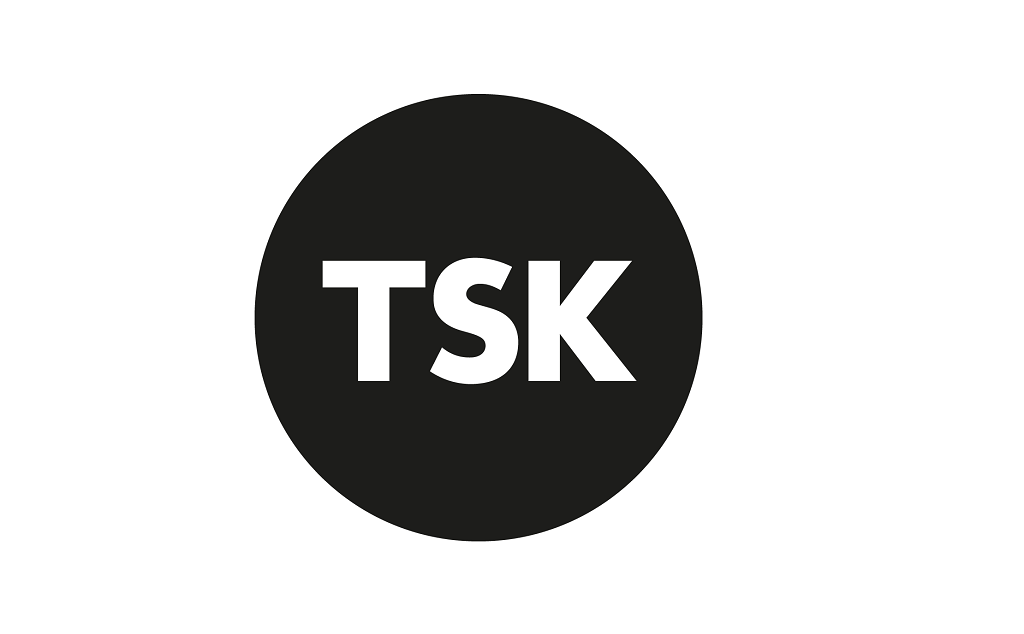Paving the way for sustainable workplaces
Now the UK has officially declared a climate emergency, striving for a sustainable future has become a top priority for organisations worldwide.
By 2023 all new buildings must operate at net zero carbon, and by 2050, 100% of buildings must operate at net zero carbon.

Sustainability & the workplace: statistics
- The average office is 100 sq ft per person. 30,000 sq ft for 300 people totals 237 tonnes of CO2 per year
- 13% of active job seekers are putting off applying to companies that have an unclear commitment to the environment
- One in three 18–22-year-olds are turning down employers with poor ESG principles
When it comes to workplace sustainability, the benefits extend far beyond the environment. Designing and building workplaces with sustainability in mind has a significant impact on employee wellbeing and productivity and often results in cost savings through energy-efficient measures and waste-reduction strategies.
By embracing workplace sustainability, organisations can cultivate a culture of responsibility, attract top talent, and enhance their reputation as socially conscious and forward-thinking entities.
To achieve this, deliberate choices must be made at every step of your workplace transformation, from the initial planning stages to the selection of materials, technologies, and construction practices. Each decision holds the potential to shape the environmental, social, and economic impact of your future workplace.
In this article, we’ll explore how to identify sustainability priorities and look at the different accreditation schemes available.

Identifying sustainability priorities
Sustainability is a complex concept that can be defined and implemented in different ways depending on your organisation’s aims, values, and resources.
For instance, you might choose to design a building with sustainability in mind or aim for a particular accreditation. There’s no one-size-fits-all solution, your sustainability priorities will be unique to your organisation. So identifying what’s possible and what’s most important to you is essential.
Common sustainability priorities include:
- achieving net-zero emissions
- promoting employee wellbeing
- reducing costs
- enhancing a positive company culture and image.
Drivers for net zero
Once you have assessed your sustainability priorities, there are five steps that will help shape your strategy:
- Conduct a sustainability audit and gather energy usage data (potentially from your landlord).
- Identify opportunities to reduce waste and increase efficiency (this will inform future decisions).
- Define how sustainability and wellbeing fit into your company’s overall mission.
- Establish what matters most to your employees.
- Set clear sustainability targets and metrics to guide decision-making throughout the transformation process.
Sustainability accreditations
There are several accreditation programmes and frameworks to assess and improve where you are in your environmentally conscious journey. Factors in these frameworks include design and build strategies that help reduce the 40% of global greenhouse gas emissions attributed to buildings⁴.
Getting your project or building certified through one of the UK’s green rating schemes shows your commitment to sustainability and helps guide your decision-making process. Additional benefits of using a rating scheme include:
- accountability to set and meet your environmental aspirations
- having a clear set of goals to work towards
- verification and evidence of your environmental and wellbeing performance
- measurable business improvements
- spreading awareness and education about green and wellbeing principles and ideas
- generating positive marketing messages.
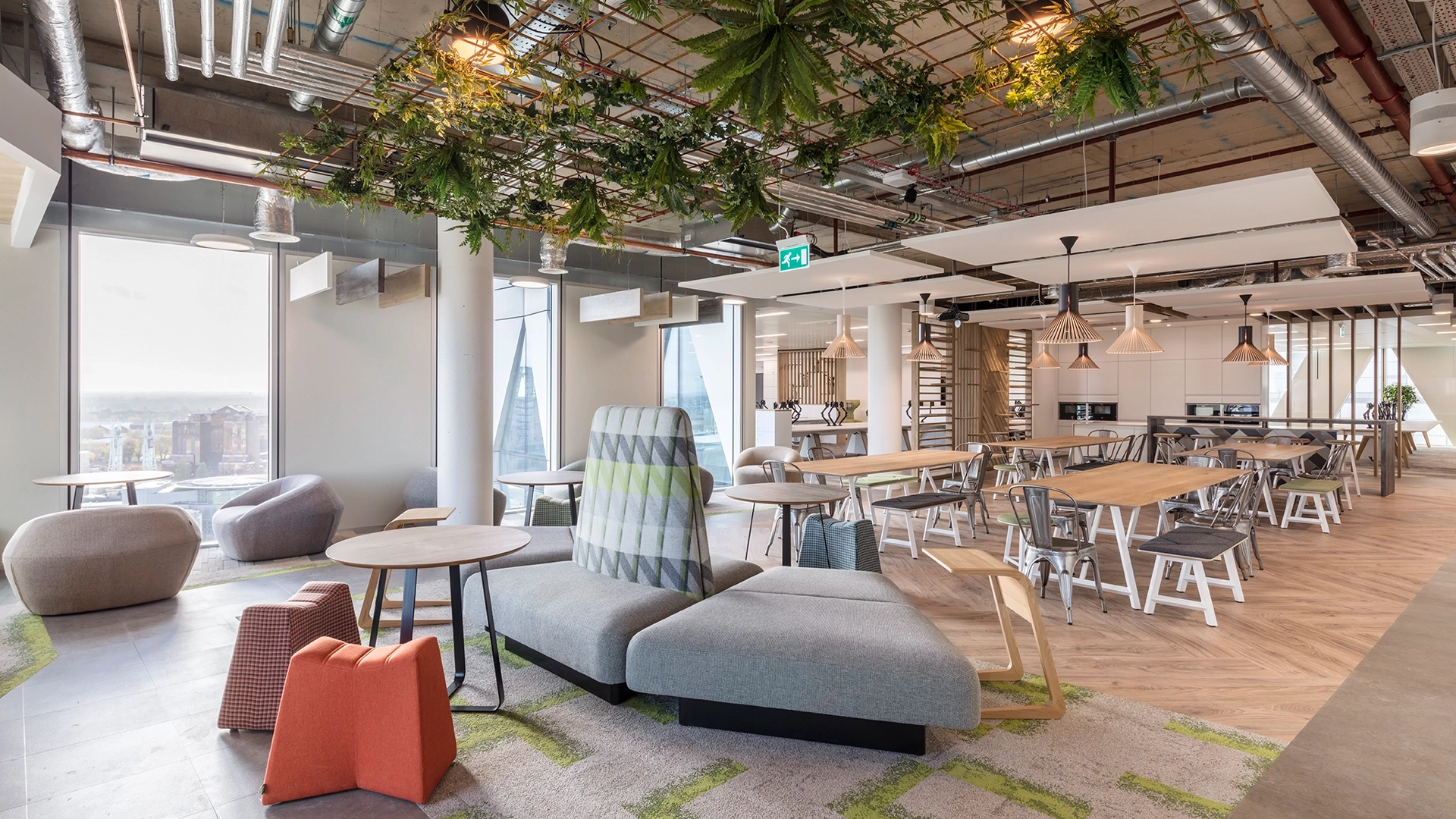
Here are some of the accreditations we help our clients achieve:

BREEAM
BREEAM is the world’s most established environmental sustainability rating scheme and sets best practice standards for the environmental performance of buildings. Assessments are based on a scoring scheme covering nine criteria such as energy, pollution and materials.
A BREEAM assessment applies to all construction projects and is one of the most rigorous schemes, impacting almost every aspect of your project.
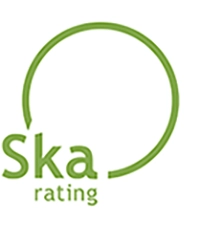 SKA
SKA
The SKA assessment is an environmental sustainability rating scheme specifically for making an interior space suitable for retail and office occupation. Only used in the UK, it’s run by the Royal Institution of Chartered Surveyors (RICS) and comprises 100 good practice measures (GPMs) in eight key areas including water, waste and materials.
A SKA assessment will help you scope a new fit-out and incorporate as many sustainability factors as possible. And because your appointed assessor works with you through the process, you’ll know your project will be swiftly certified.
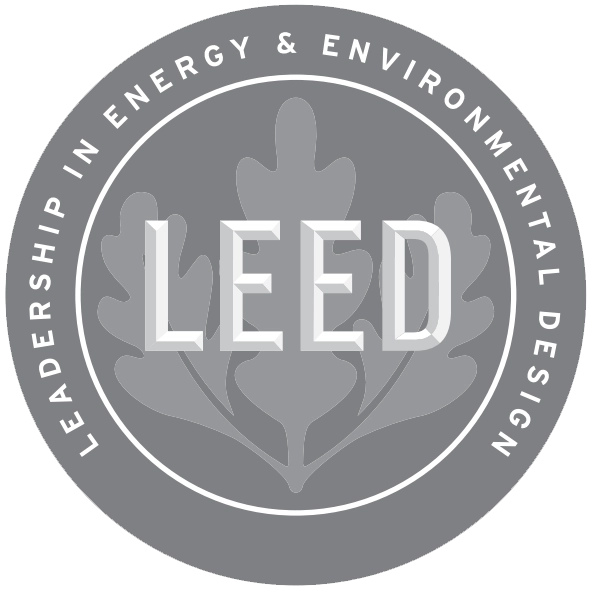 LEED (Leadership in Energy and Environmental Design)
LEED (Leadership in Energy and Environmental Design)
LEED is a globally recognised rating system that promotes green building practices. It sets standards for sustainable design, construction and operation of buildings, with a focus on energy efficiency, water conservation, indoor air quality, and materials.
Achieving LEED certification improves environmental performance, lowers costs, and creates healthier work environments.
WELL Building Standard
 The WELL Building Standard was the first assessment scheme for the built environment that discussed the impact on occupants’ wellbeing.
The WELL Building Standard was the first assessment scheme for the built environment that discussed the impact on occupants’ wellbeing.
Largely used in the US, it’s based on seven years of research and focuses on the connection between buildings and occupants using bespoke scorecards. Sound, thermal comfort, movement and mind are some of the areas that are assessed.
A WELL assessment is highly regarded, harder to achieve and always verified by a third-party assessor.
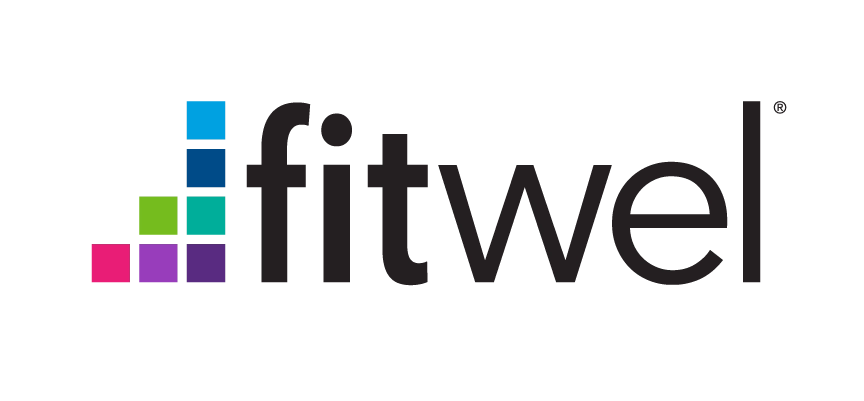 Fitwel
Fitwel
Fitwel’s vision is a healthier future where every building supports the well-being of its occupants and communities. It’s a well-being rating designed for commercial interiors and tenanted buildings based on a scorecard of 63 evidence-based strategies, which cover 12 categories such as water and food supply, building access and outdoor space.
Fitwel helps you reach your goals around community impact, social equality and occupant safety. It’s an easier and more cost-effective option than other accreditations, with a less technical assessment and a deeper focus on the organisation.
This excerpt has been taken from the Workplace Transformation Guide by TSK Group. Read on to find out more about how you can achieve your sustainability goals.
Selected industry experts bring you insight and expert advice, across a range of sectors.
Subscribe for free to receive our fortnightly round-up of property tips and expertise
Selected industry experts bring you insight and expert advice, across a range of sectors.
Subscribe for free to receive our fortnightly round-up of property tips and expertise



